“How is it possible to say an unkind or irreverential word of Rome? The city of all time, and of all the world!’” – Nathaniel Hawthorne.
Few cities have had a greater impact on human history than Rome. Few have been as scrutinized by artists, historians, and thinkers than “Roma Caput Mundi”—the Capital of the World. The Colosseum, the Pantheon, the Sistine Chapel, these are some of the most recognizable buildings in the world and attract millions of visitors every year.
Rome is so much more than a collection of buildings, though. Really, it’s a collection of stories. Rome is a palimpsest of different voices, all competing for space, all striving to write their legacy in stone. Some of those voices speak loudly, others whisper. Rome is a city of bold statements and hidden secrets. Here is our list of some of the more secret spots in Rome that are waiting to be discovered.
1. The Catacombs
Walk the streets of Rome and it’s likely you’ll spend a fair amount of time marveling at the beautiful surroundings (and people). There is so much noise and life in this city that it’s easy to forget about the silent world beneath your feet.
Connected by underground tunnels several hundred kilometers long, Rome has more than sixty catacombs, containing over a thousand tombs hidden beneath your feet. Five are now open to the public. One of the most striking is the Capuchin Crypt—often known as the “Bone Chapel”—beneath the church of Santa Maria della Concezione del Cappuccini, near Piazza Barberini. The chapel is decorated with the bones of 3,700 Capuchin friars, and the message they have left will make a chill run down your spine:
“What you are now we used to be; what we are now you will be…”
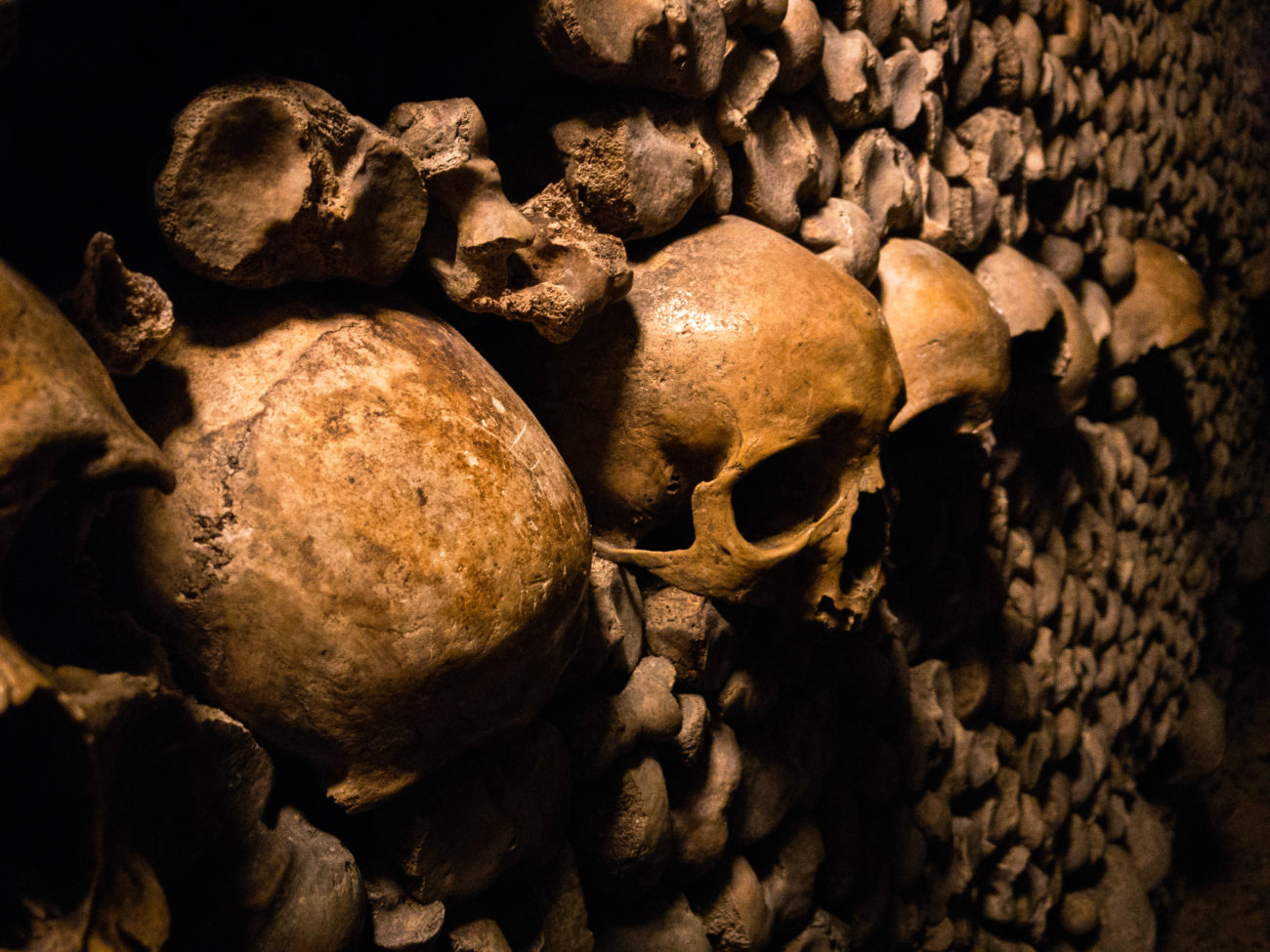
OK, so maybe reminders of mortality are not everyone’s idea of a great holiday, I get that, but few things can make you more glad to be alive than spending an afternoon with the dead.
2. Campo de Fiori
So, back to life again. And in Italy, life means food.
One of the glories of Rome is that you really don’t need to do much research first—walk haphazardly into any nearby restaurant and the chances are you will end up with an astounding plate of grub. However, all Romans know that some of the very best food is to be found in the trattoria surrounding Campo de Fiori, Rome’s old marketplace.
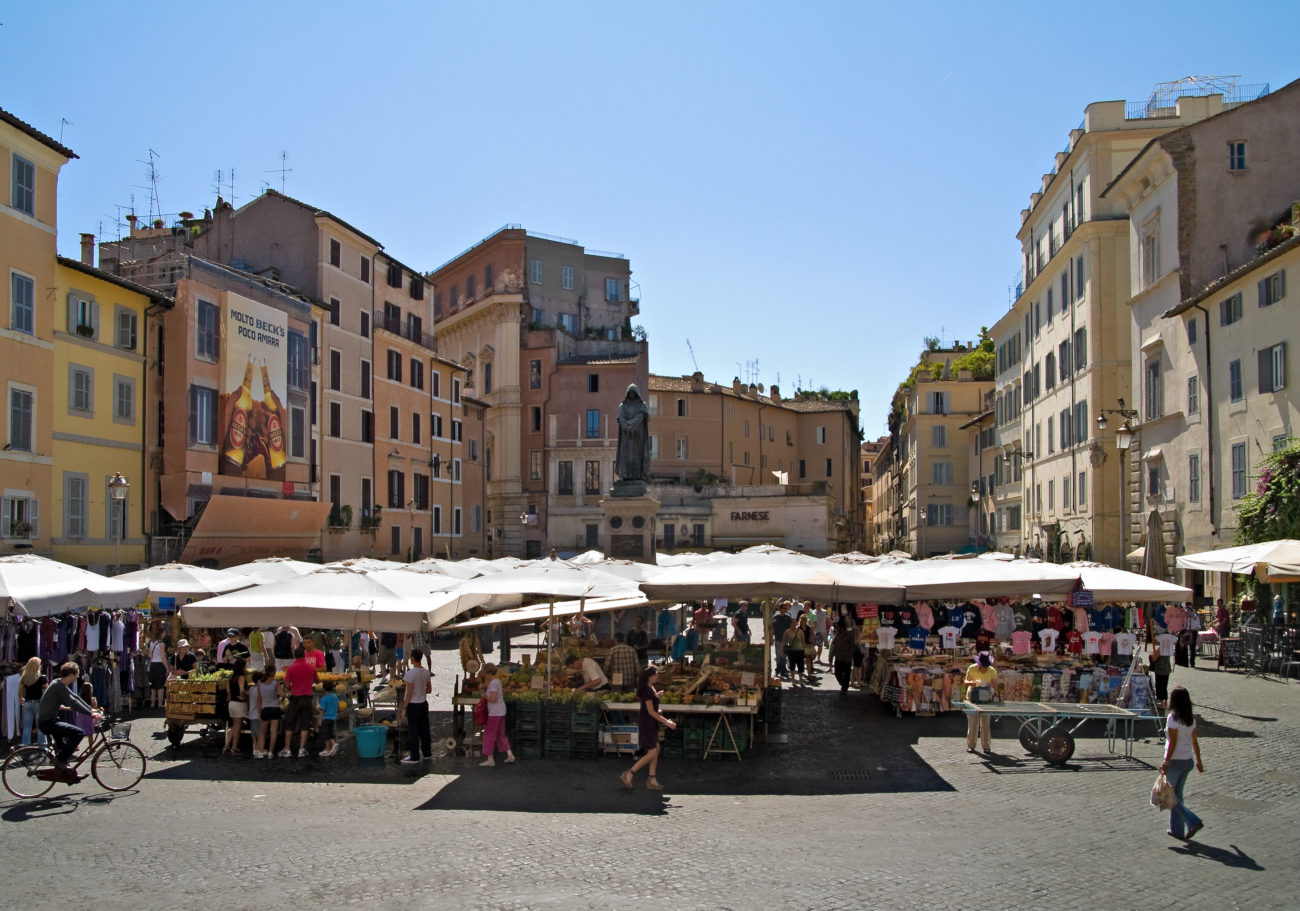
Our visit took us to a small restaurant called Ditirambo, an eatery which serves up Roman classics paired with great wine. It was honestly one of the most memorable meals of my life. However, try any of the restaurants in this area and I can all but guarantee you’ll go home feeling like you’ve unearthed a gem.
3. Villa Borghese
This impressive villa was commissioned by Scipio Borghese, the nephew of Pope Paul V, as a place to house his art collection. Located in cool, lush gardens a little way from the city center, it is well-known to Romans but off the beaten path for many tourists.
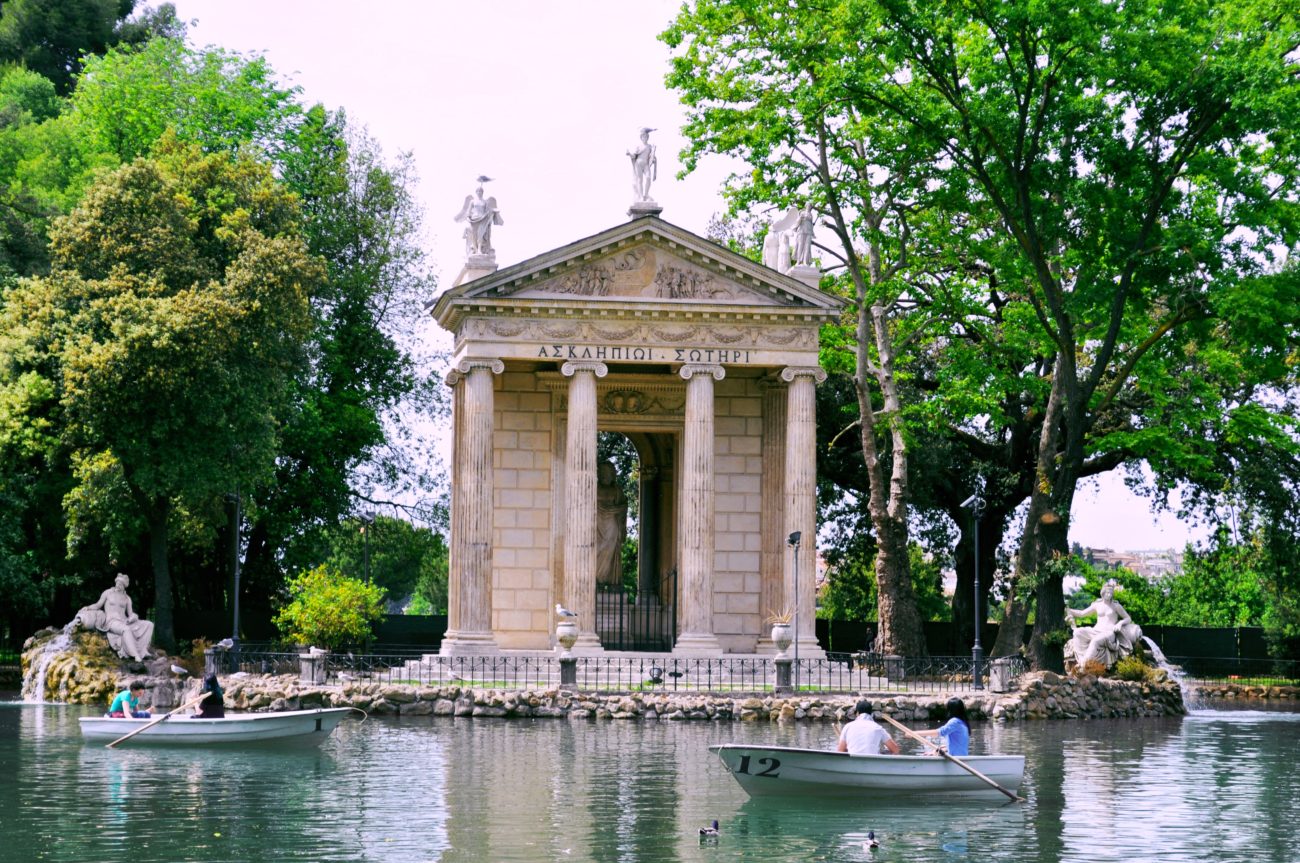
Their walls are dripping in great works by Titian, Raphael and Caravaggio and others, but the masterpieces, in my opinion, are a collection of sculptures by Bernini. His David, Apollo and Daphne, and Rape of Proserpine are turbulent yet elegant, graceful but violent. The detail is astonishing. His figures dig their fingers into each other’s flesh, leaving little indentations behind; the robes that envelope their bodies are so delicate they appear translucent.
Rome is often the city of the grand, but Bernini’s statues are intimate. If Rome is a story written in stone, his is rendered with the lightest touch.
4. The Keats-Shelley Memorial House
Few people have been less certain of their legacy than the poet John Keats, who died in Rome at the age of 25. So convinced was Keats of his own artistic failure that he asked for his grave not to be named, instead of asking for the inscription, “here lies one whose name was writ in water”.
The lightest of light touches.
The house where Keats died is located right next to the Spanish Steps—one of the most visited spots in Rome—but is easily missed. The little house by the steps now holds some of Keats’s most famous manuscripts, as well as other memorabilia from the lives of contemporaries, such as Shelley, Wordsworth, Byron and Elizabeth Browning. Whether you’re a fan of poetry or not, why not take a trip and see how the lightest of words can live forever in the Eternal City?

5. EUR
If Keats and Bernini left their mark on Rome with a light touch, one person who could not have been accused of the same is Benito Mussolini.
The district known as Esposizione Universale Roma (or EUR) was the site chosen by Mussolini for the 1942 World’s Fair, an event planned to mark the twenty-year anniversary of Fascism. The most arresting building in the area is the Palazzo della Civilta del Lavoro—sometimes known as “the Square Colosseum“. Like its ancient counterpart, this modern colosseum amazes with its grandeur and appalls with what it represents. It leaves a heavy mark on the landscape and a heavy burden for Romans to grapple with.
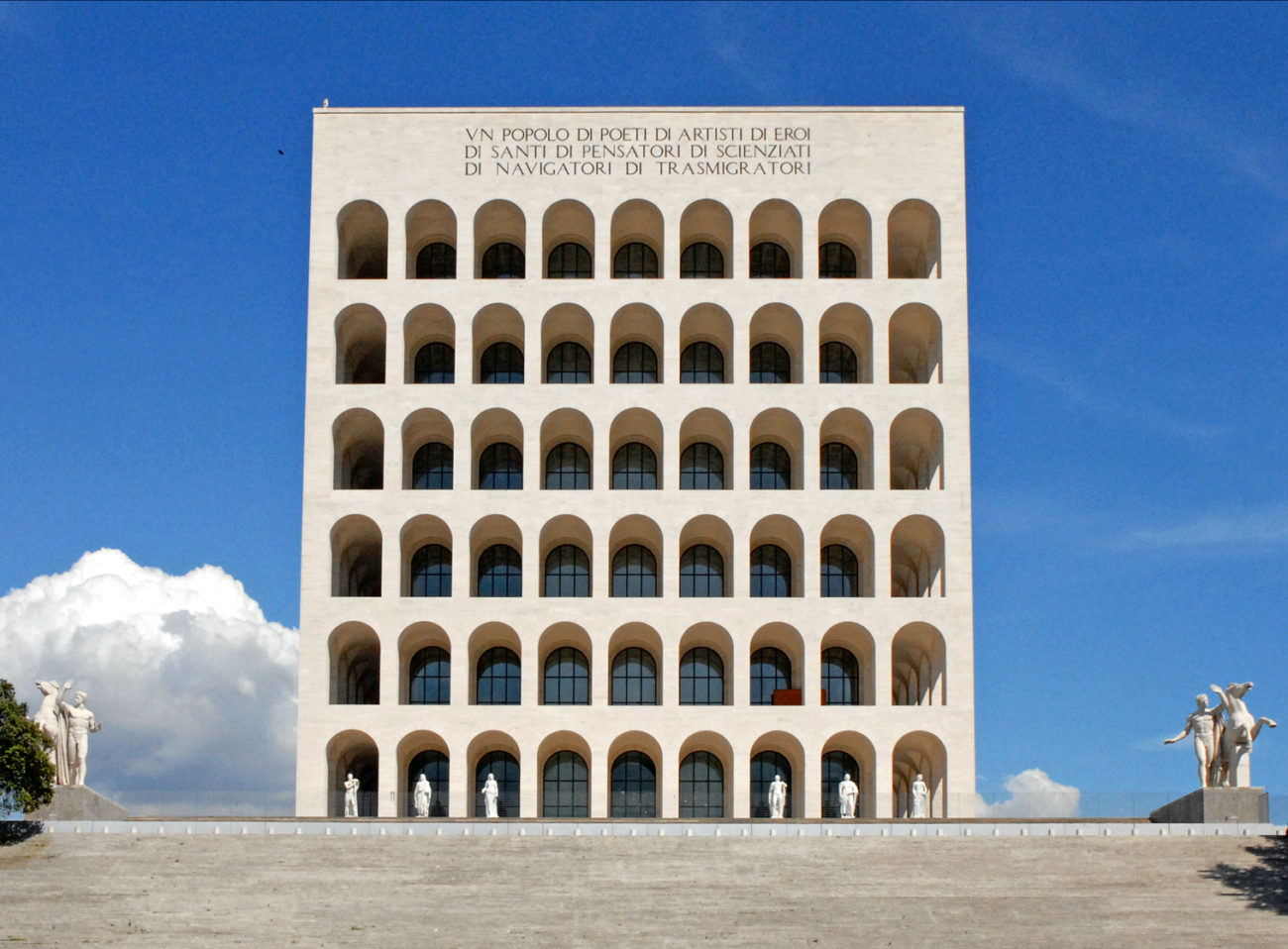

The buildings Mussolini commissioned are as ugly as his politics, but they are there and they live on. There are some elements of human history that should not be allowed to fall into secrecy, so why not take a look and learn more about Rome’s dark past?
6. Largo di Torre Argentina
Mussolini had marched on the capital, consolidated power and was later killed by his subjects. It’s not like any story in Roman history could have prepared him for that, right?
Ok, it might be pretty obvious where this is going and most of us will know the story of Julius Caesar by now, so I won’t labor the point. However, what had been a secret up until fairly recently was exactly where in Rome that ‘death-scene-to-end-all-death-scenes’ actually happened.
In 2012, newspapers started reporting that the site of Caesar’s assassination had most likely been discovered. What tipped them off was the discovery of a concrete structure believed to have been built by Caesar’s successor to commemorate the killing. Some classical texts suggested it happened in this spot, now there was physical evidence to substantiate those claims.
In life, Caesar left a legacy written in stone all across the city. Now it’s also possible to discover the monuments left in the wake of his death.
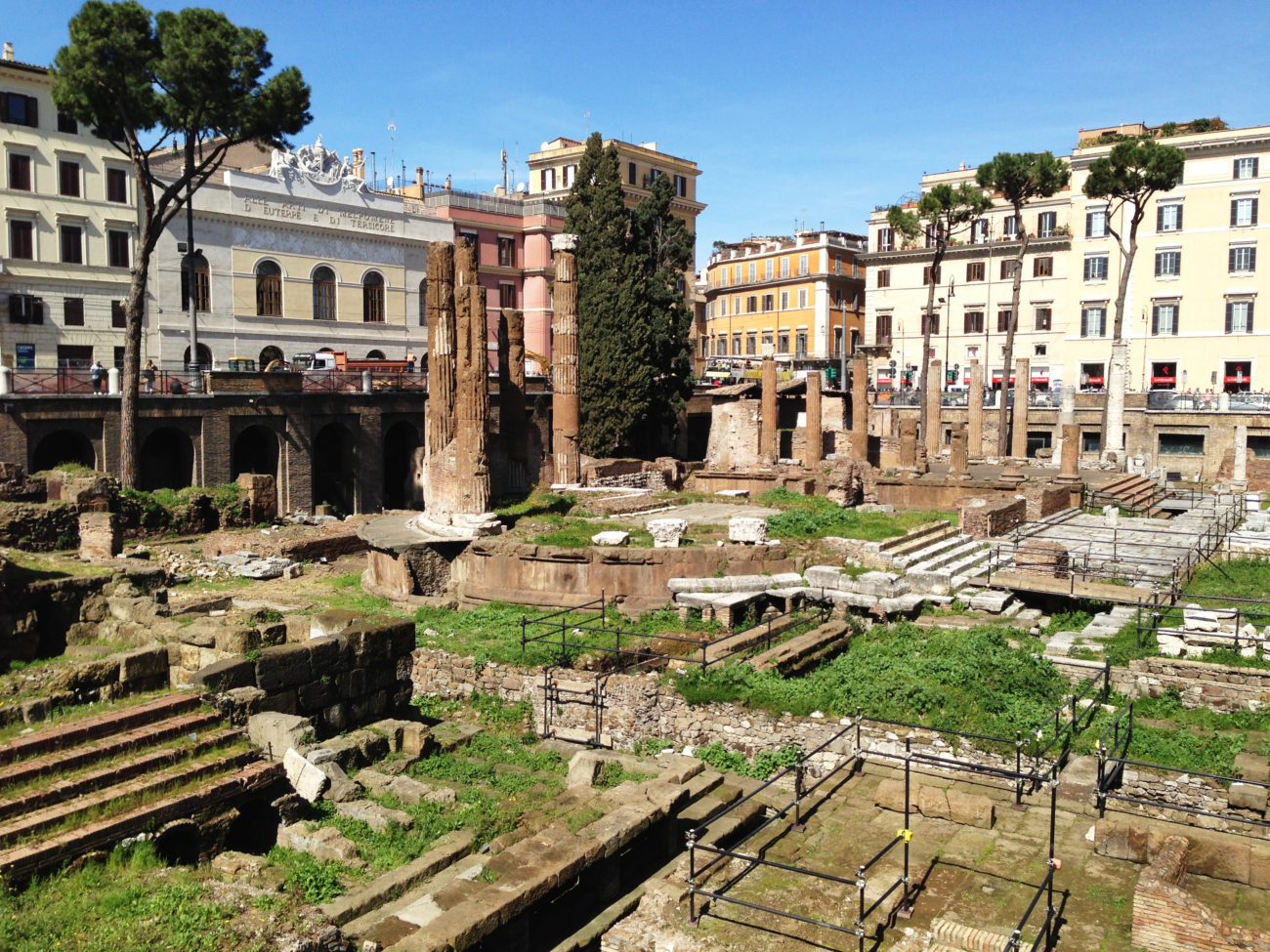

7. Trastevere


Rome is a city shaped by high church and high politics, but like any city, the voices that truly make the city what it is are those of the people. And if you want to avoid the tourist crowds and go to the place that Rome calls home, then take a trip to Trastevere. This cool, bohemian neighborhood is many Romans’ favorite spot to drink, socialize and eat. It’s sometimes easy to fall into thinking of Rome as one big archaeological site, but this city is still so full of life, so why not get a drink, try chatting with some locals, and see what stories they have to tell?
Suggested next reading: 8 Things To Do In Florence That Will Make You Feel Like A True Italian


Thank you for sharing these great tips! I’m off to Rome in a few weeks and this has been so helpful 🙂
http://www.violetdaffodils.com
xx
Grazzi mille! Very interesting as we prepare for our next trip to Roma.
Thanks for this great post! My husband and I really enjoyed Rome, and especially the catacombs!